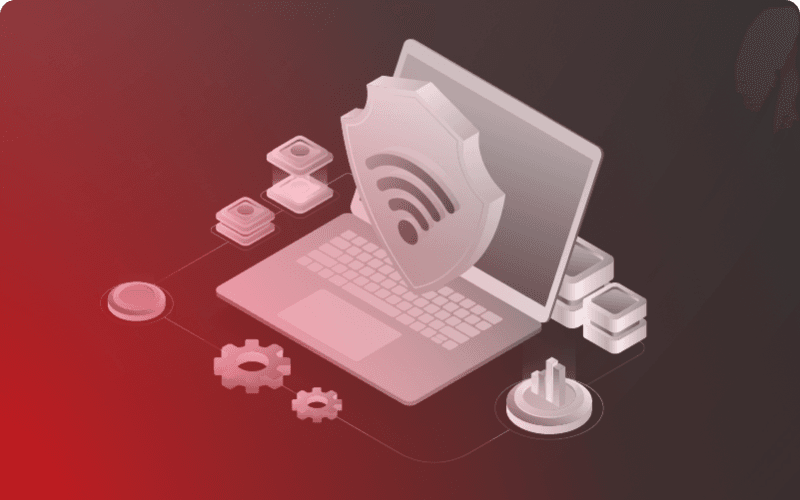
Protecting Your Private Wireless Network from Cybersecurity Threats
Wireless networks have become an essential part of our lives. From checking emails to streaming movies, we use them for everything. However, wireless networks are also vulnerable to cyber threats. Hackers can quickly access your personal information and sensitive data if your wireless network needs to be adequately secured. This article will discuss practical tips and techniques for securing your private wireless network against cyber threats.
Types of Cybersecurity Threats
Cyber threats come in different forms, and you must know the threats you may face. Here are the most common types of cybersecurity threats:
- Malware: malicious software that can harm your network and steal your data.
- Phishing: a technique used by hackers to trick you into revealing your personal information.
- Man-in-the-middle attacks: when an attacker intercepts communication between two parties.
- Denial-of-service attacks: when an attacker floods your network with traffic to make it unavailable.
Securing Your Wireless Network
Securing your wireless network is not rocket science, but it does require some effort. Here are some practical tips for securing your private wireless network:
Change Default Settings
Most wireless routers come with default settings that are easy to guess, and it is essential to change the default settings to prevent hackers from gaining access to your network.
Set Strong Passwords
A strong password is one of the most effective ways to secure your wireless network. Use a combination of upper and lower case letters, numbers, and special characters to create a strong password. Avoid using personal information such as your name or birthdate.
Enable Encryption
Encryption is converting your data into a code that can only be deciphered with the correct key. Enable encryption on your wireless network to prevent hackers from intercepting your data. D. Use a Firewall A firewall is a network security system that monitors and controls incoming and outgoing network traffic. It acts as a barrier between your network and the internet, blocking unauthorized access.
Keep Firmware Up-to-Date
Firmware is the software that runs on your wireless router, and it is essential to keep your firmware up-to-date to protect against known vulnerabilities and exploits.
Disable Remote Management
Remote management allows you to access your router from anywhere. However, it also provides an open door for hackers to access your network. Disable the remote control to prevent unauthorized access.
Enable MAC Address Filtering
A MAC address is a unique identifier assigned to every device on your network. Enable MAC address filtering to prevent unauthorized devices from accessing your network.
Network Monitoring
Monitoring your network activity is essential to detect unusual behavior.
Here are some tools you can use to monitor your network activity:
- Router logs: check your router logs for any suspicious activity.
- Network analyzer: a network analyzer allows you to capture and analyze network traffic.
- Intrusion detection system: an intrusion detection system is software that monitors your network for suspicious activity and alerts you when an attack is detected.
Conclusion
Securing your wireless network is essential to protect your personal information and sensitive data. This article discusses the practical tips and techniques to ensure your private wireless network against cyber threats. Remember to monitor your network activity regularly to detect any unusual behavior. Stay safe!
CELLocity Your Reliable Private Network Partner
If you're looking for a reliable and secure way to communicate, consider implementing a private wireless network for your business. Contact CELLocity top private wireless network providers today to learn how a private wireless network can benefit your organization.